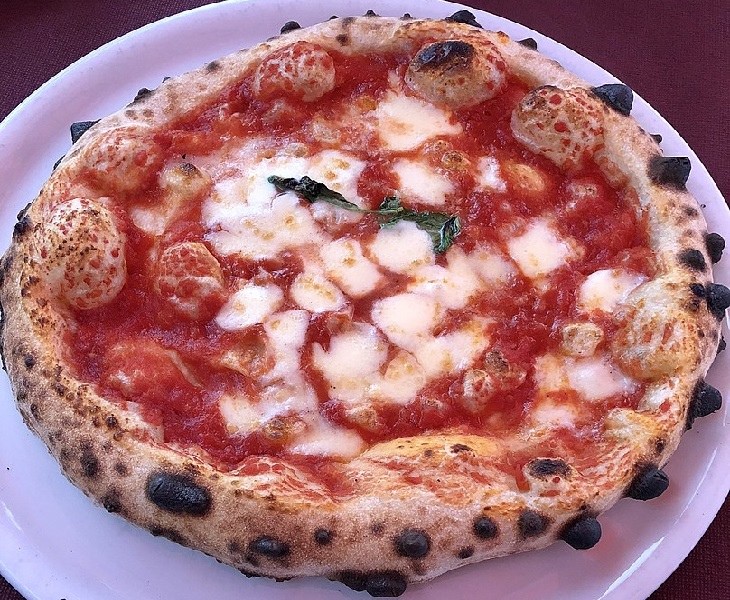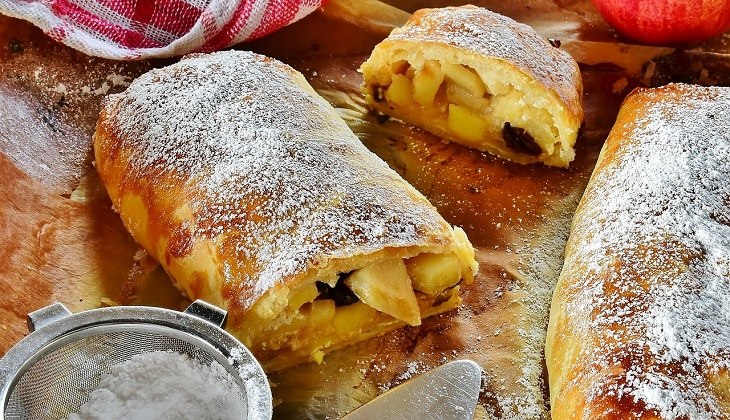There are many reasons to travel in Italy, not the least of which are its beautiful countryside, rich history and the gorgeous pieces of art created there, but as rich and diverse as the Italian culture is, richer still is its cuisine. And while it is true that we all love pizza and lasagna, enjoy the occasional pasta dish, how many of us are familiar with actual Italian cuisine? Did you know that fettuccine Alfredo (more precisely termed fettuccine al burro) includes neither mushrooms nor cream? That “spaghetti Bolognese” is actually made using a flatter variety of pasta and is named tagliatelle al ragù? If you order a pizza topped with pepperoni in Italy, you’ll get bell peppers on it, and if you’d rather have a spicy sausage topping, you’d best ask for salame piccante.
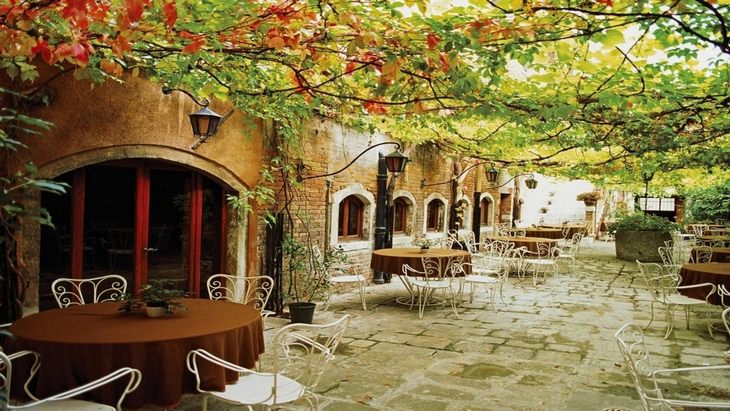
All of this is not to detract from the evolution Italian cuisine has undergone as immigrants exported their culinary traditions and refined them to better fit local tastes, nor will you hear me say “no” to a Chicago deep dish Pizza any time soon. But the truth of the matter is that Italy has a lot to offer the traveling gourmand whose experience of Italian cuisine up to that point is the hugely popular Americanized version of it.
First off, there is no single, unified Italian cuisine. A quick history lesson: for the majority of its history and up until the 19th Century, Italy was not a single nation, rather a collection of various city-states and kingdoms, and modern efforts (such as by Mussolini) to standardize and unify Italian culture were fortunately unsuccessful in erasing the great cultural diversity of Italy, the result of which is a tremendous cultural richness that is well reflected in local culinary traditions.
So if you want a true taste of Italy, here’s a comprehensive guide of the places you must visit, and the local specialties you’ve got to try:
ROME
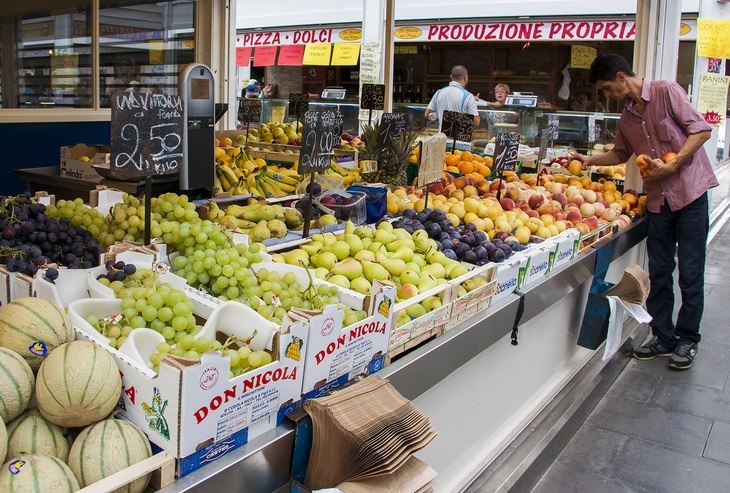
The heart of an empire, the city of Caesars and popes, is renowned around the world for its historical significance, but I would venture not many know that Rome has its distinct culinary culture. If you’re in Rome, make sure to visit the Testaccio Market, where you can find a plentitude of fresh and beautiful produce, and delectable finger food like supplì- a deep-fried rice dumpling with different possible fillings.
Another great spot is the Roman Ghetto, the old Jewish quarter that housed a unique community, which contributed substantially to the Roman culinary tradition, for example, carciofi alla giudìa- a springtime dish of fried and seasoned artichokes.
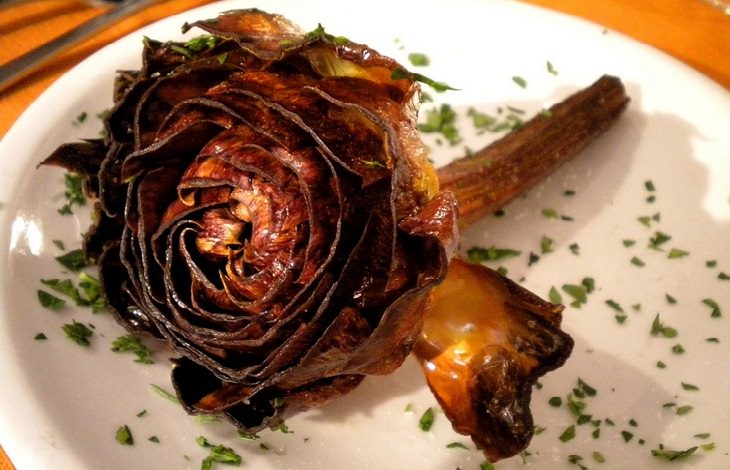
NAPLES

The third largest city in Italy lies to the southeast of Rome in the region of Campania, nestled around the Gulf of Naples, and it is most famous as the birthplace of Italy’s arguably most important export: pizza. But whether topping a hot slice of pizza or standalone, no visit to Naples is complete without a taste of original Neapolitan mozzarella.
While there, you are encouraged to pay a visit to the Quartieri Spagnoli (Spanish quarter) a dense and hip area, full of small restaurants called trattorias where one can sate his appetite.
SOUTH TYROL
Gehen wir Essen (are we eating out)? At the foot of the Alps and across the Austrian border lies South Tyrol, a bilingual region that perfectly blends the best of northern and southern Europe. Historically, South Tyrol had been part of Austria (with some still calling to secede from Italy and rejoin Austria), and this is readily apparent in the Tyrolian culinary preferences.
One particular point of interest is in the town of Merano; plan your visit ahead for Friday morning, as that is the time the weekly market is held. There you can get the best apple strudel and salami Italy has to offer.
CALABRIA
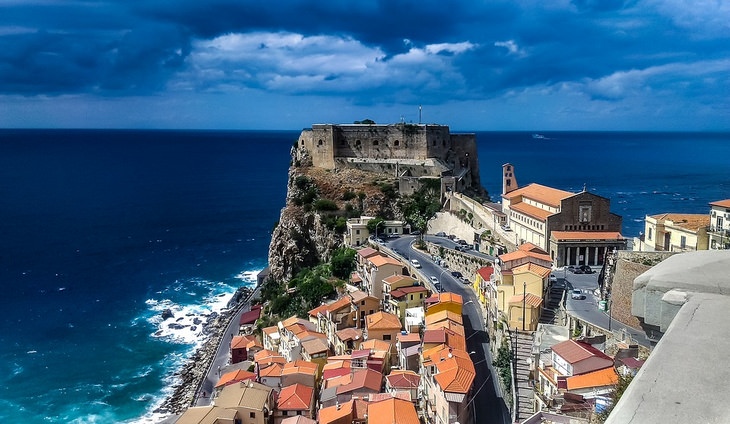
At the very opposite end of Italy lies Calabria, the toe of Italy’s proverbial boot. Calabria is a mostly rural area that has seen many invasions throughout history owing to its strategic location in the middle of the Mediterranean, the upside of which is a cuisine that fuses different cultures in a truly surprising manner.
Most towns in Calabria have a weekly fair on different days of the week (Catanzaro has one up on Thursday mornings, Soverato has one on Fridays), where one can find high quality produce, cheese, baked goods and the like. While there, look out for ‘nduja. This oddly-named delight is a spreadable, spicy cold-cut made from pork and chili.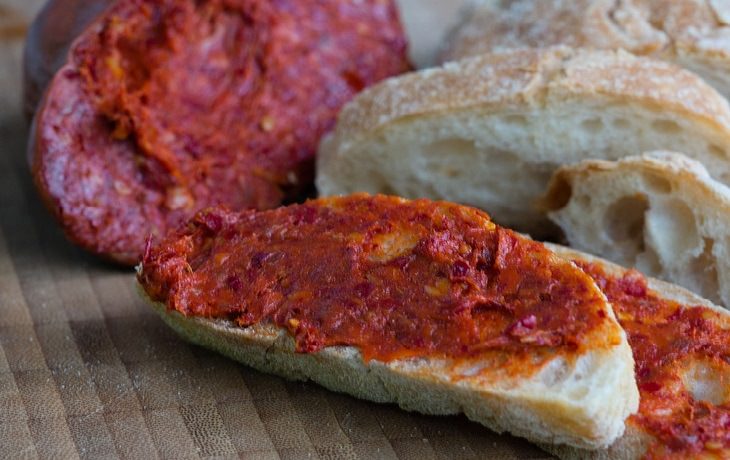
UMBRIA
Right in the heart of Italy lies a land lush with greenery known as Umbria. Umbria is most famous for its vineyards, and two regions of particular note for wine connoisseurs are Montefalco and Torgiano, which produce two DOCG-certified (the highest-ranking category in Italy) reds, among other great blends.
A nice pairing with aforementioned wines will be a plate of pecorino and cacciota cheeses, served alongside prosciutto di Norcia and corallina salami.
Grapes aren’t the only thing Umbria is famous for growing, as truffles play a major role in Umbrian cuisine, so much that locals in Norcia hold a festival in its honor during the last week of February, where truffles are eaten in every possible shape and form.
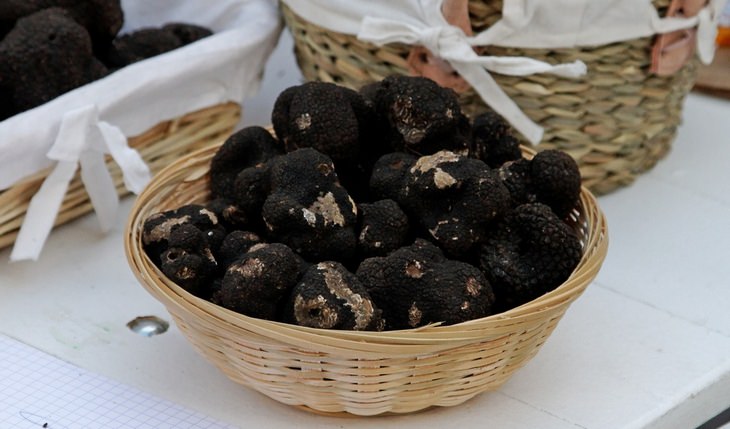
FLORENCE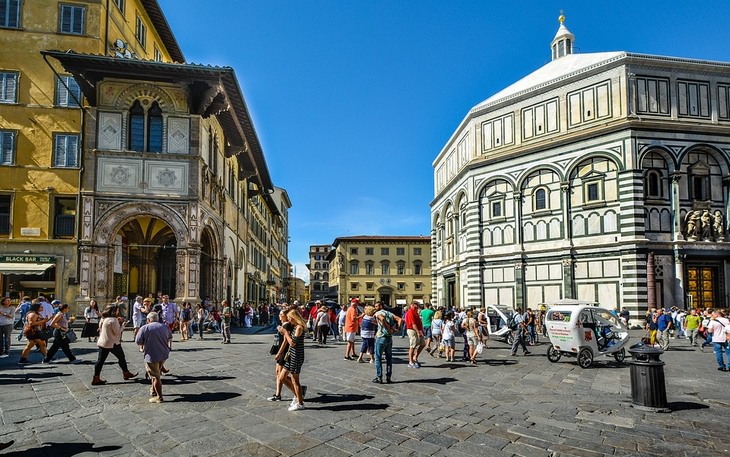
You can’t say Renaissance without saying Florence. The capital of Tuscany was where the greatest masters of the 15th Century lived and worked, names such as Da Vinci, Michelangelo and Donatello.
And worthy of as much praise as Mona Lisa and David are the bistecca alla Fiorentina (steak Florentine) and gelato (the best in Italy!). The city center, and in particular, the streets and alleys near the Arno River are a foodie’s best bet, with most restaurants in the districts of San Niccolò and San Giovanni on the opposite sides of the water.
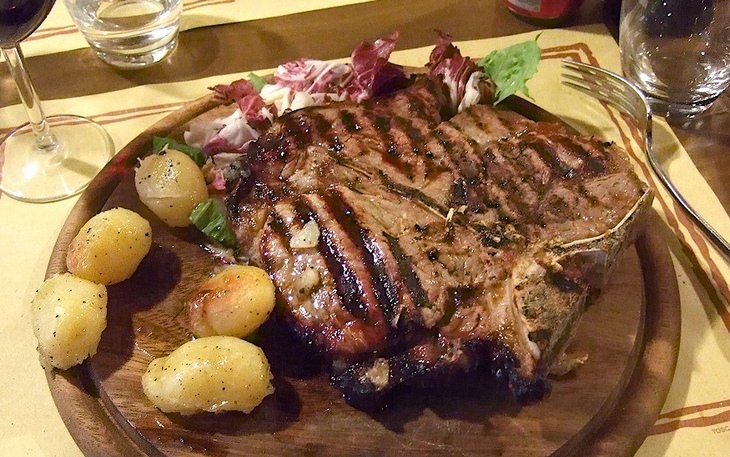
SICILY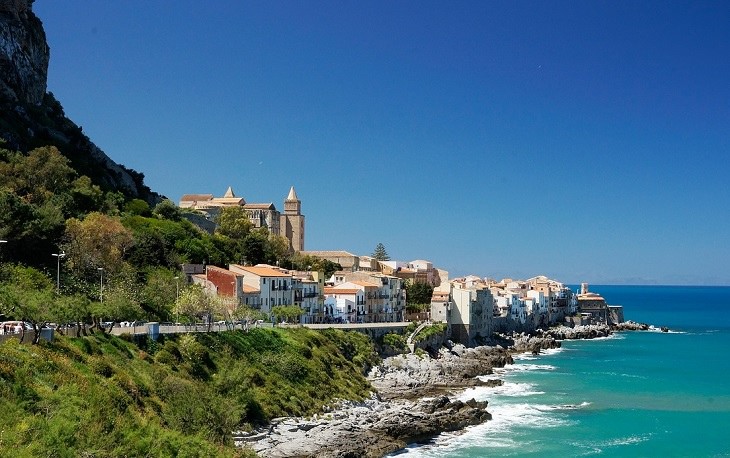
It would not be a hyperbole to say that Sicily is an entirely different country. It is separated from mainland Italy by the narrowest strip of water, and yet it has its own language (Sicilian, or Siculo) that isn’t intelligible for native Italian-speakers, and like its neighboring Calabria, it too has been the subject of many conquests by Arabs, Normans, and others.
Being an island, Sicily’s greatest culinary forte is its seafood, and you would be well advised to try pasta con le sarde and the local red prawns if you’re around Menfi or Palermo.
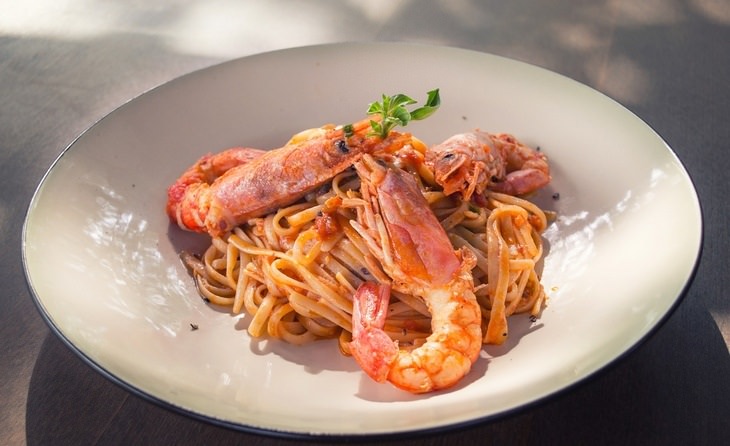
So, if you’re planning a trip to Italy any time soon, make sure to include these stops. From the green hills of Umbria, the piazzas of Florence and the seaside cliffs of Sicily, not only will the sheer beauty of Italy blow you away, but as much as you may think you already love Italian food, every expectation you have of it is sure to be exceeded by the taste of real Italian pasta and a glass of Torgiano Rosso Riserva. Salute!
Image source:
My Italian Sketchbook,
Signor DeFazio,
IlSistemone,
Fabryx98,
© Alice Wiegand,
Kimon Berlin,
mike packard





